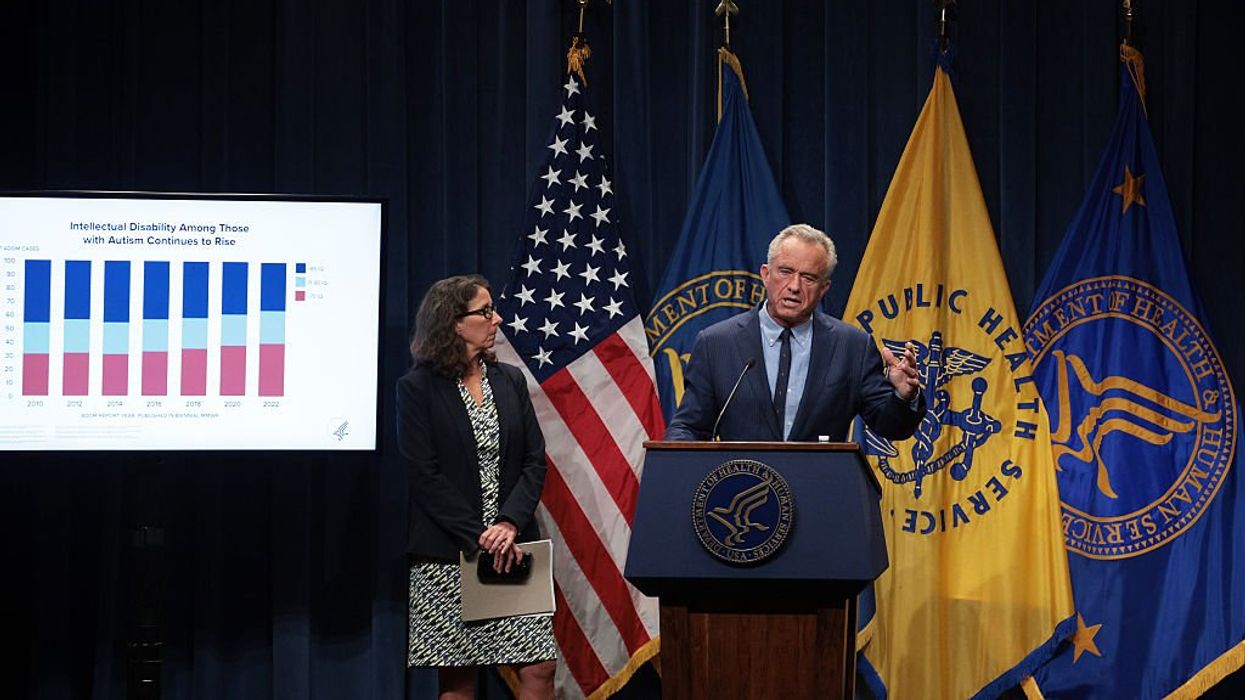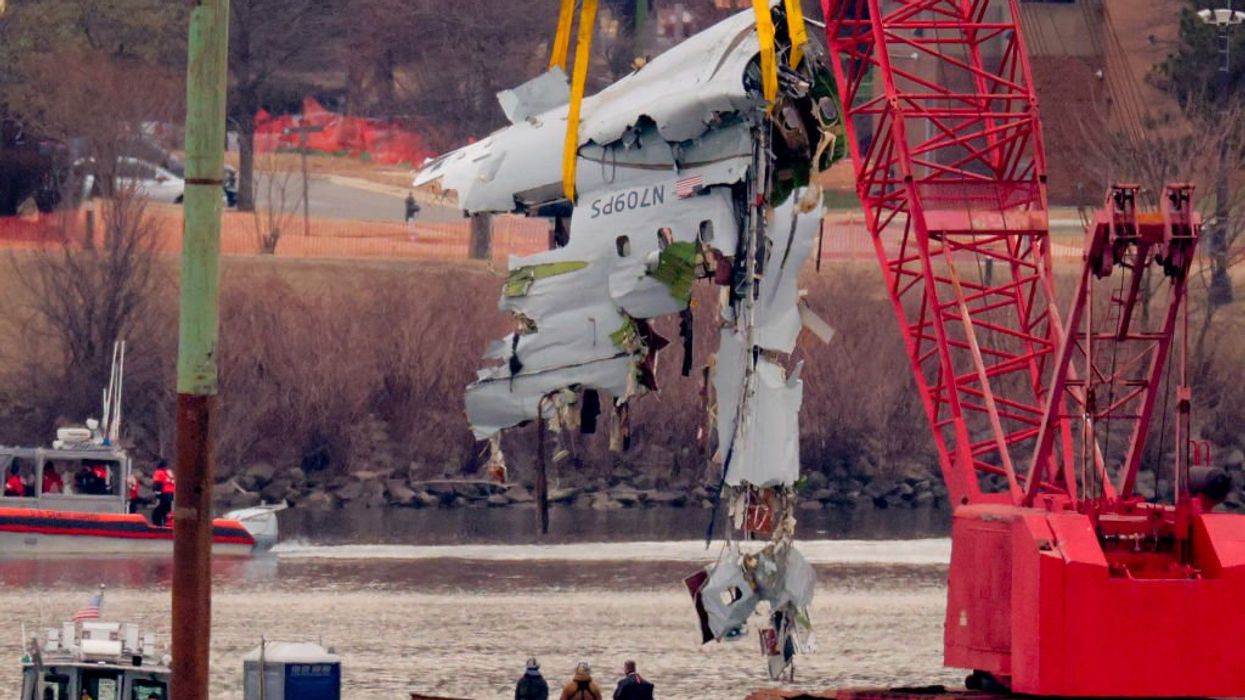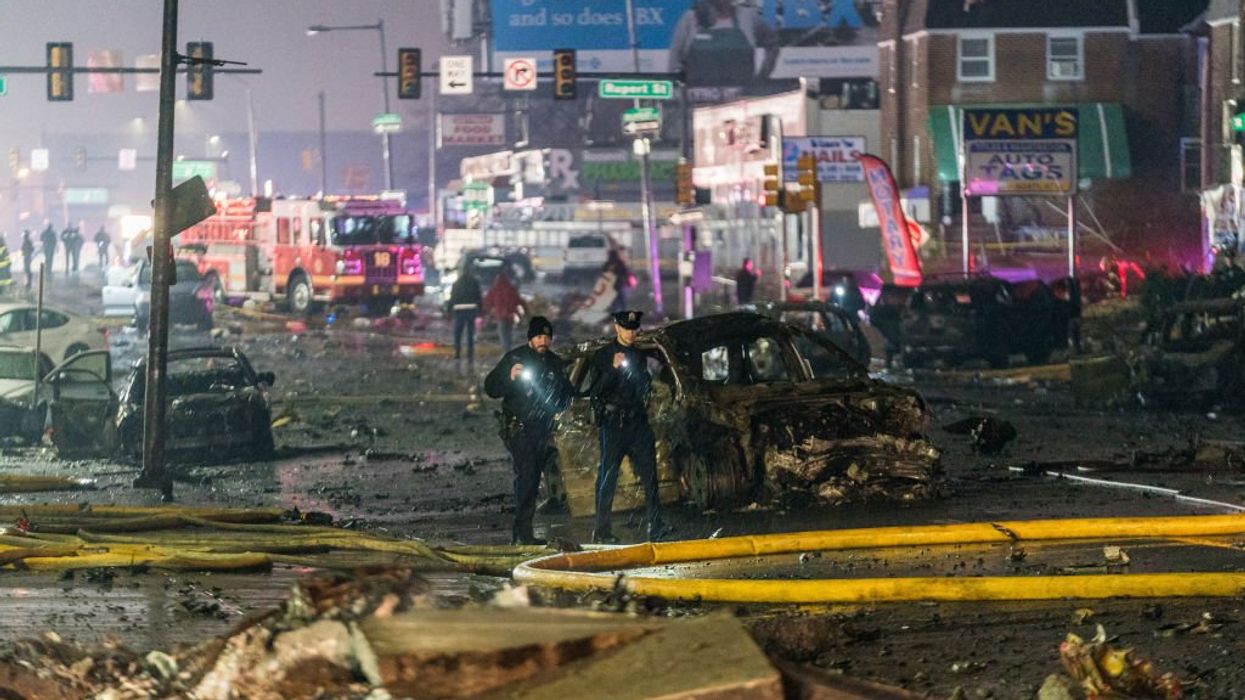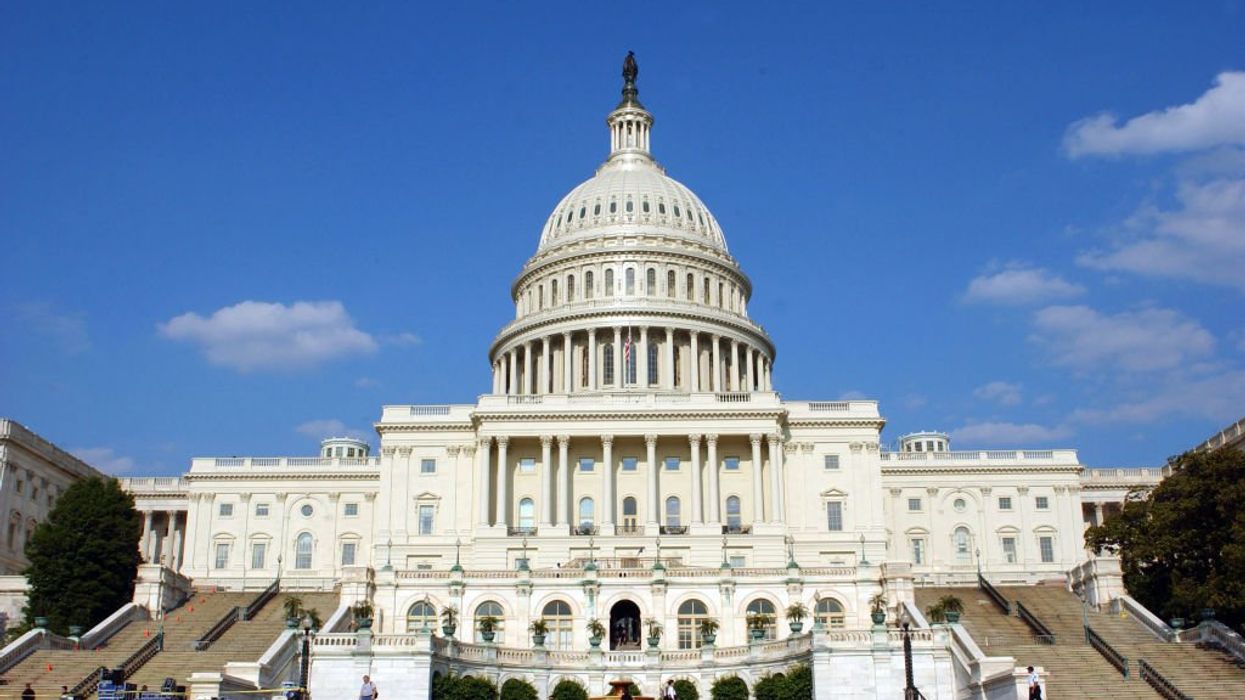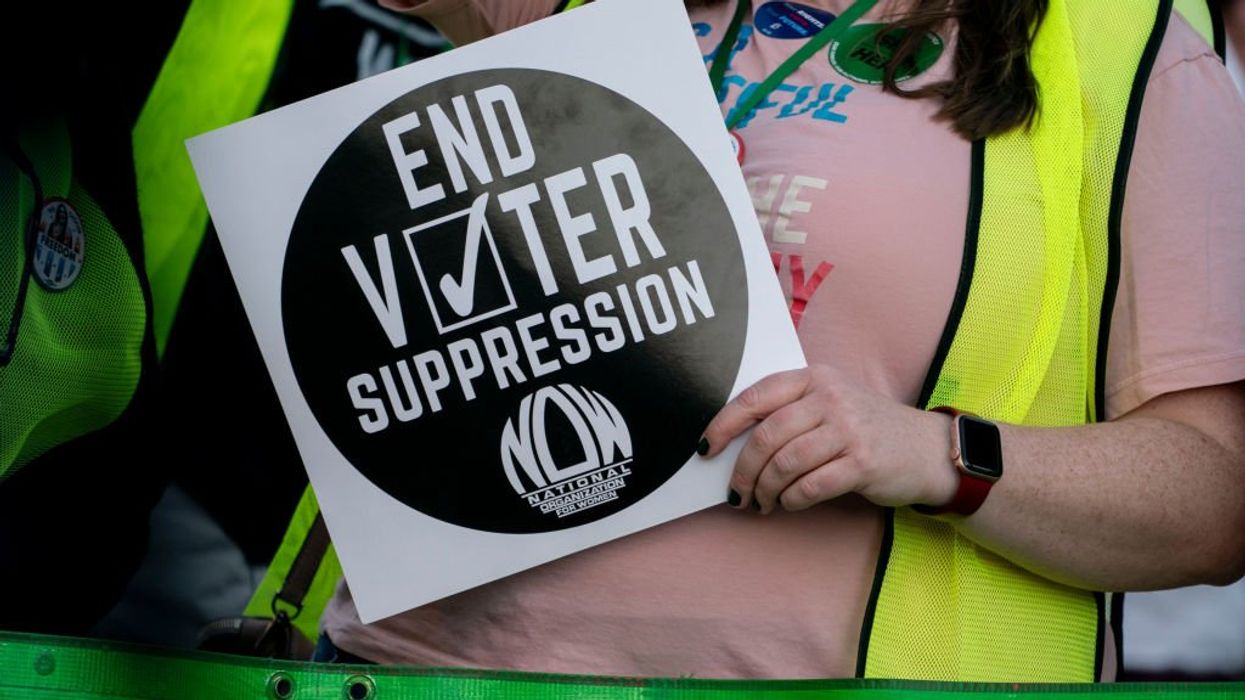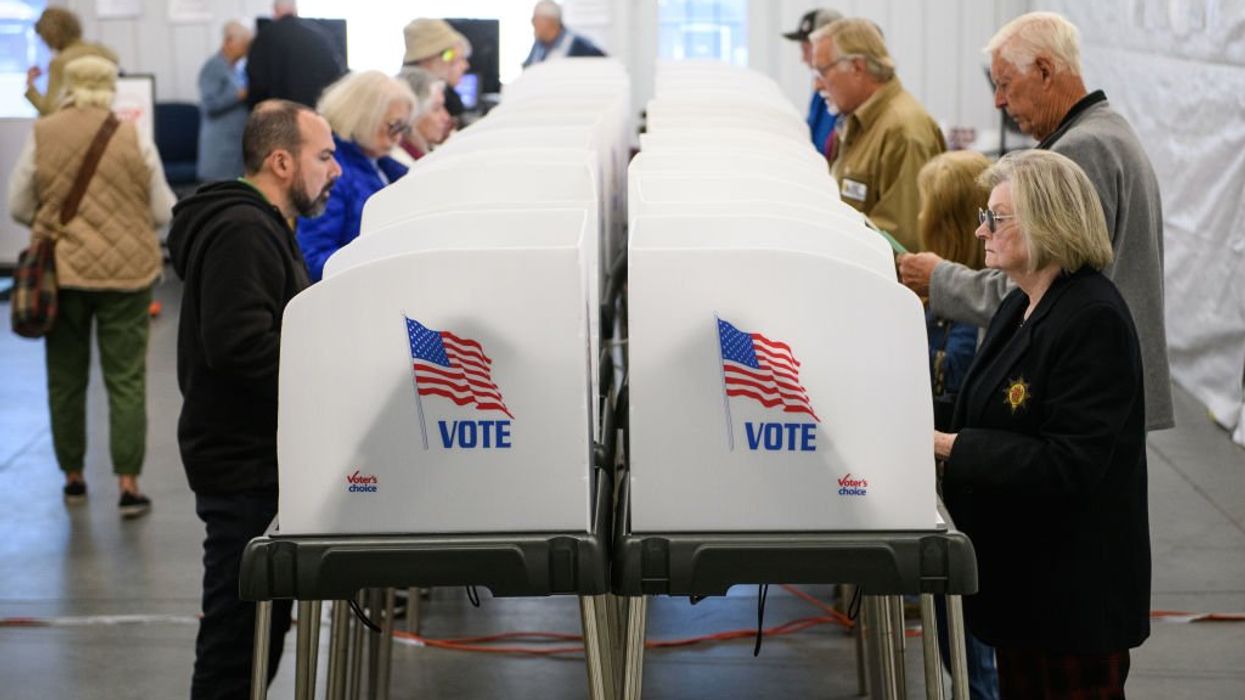There is one man who embodies the spirit of capitalism, but most have never heard of him. That needs to change. It's time for Americans to remember and get to know Milton Friedman, the father of modern economics.
Milton Friedman was a brilliant champion of the free market, capitalism and the American way of life. He was not a politician, just a man who looked at things in a radically different way --- and articulated them simply and persuasively.
Part IV: Unapologetic and Unafraid
Through recordings left behind, we're able to have a conversation, if you will, with the greatest defender of capitalism in the past century: Milton Friedman. He was unapologetic for the free market because he knew and understood its amazing benefits — the ability to lift billions of people out of poverty. That confidence enabled him to be unafraid when defending wealth.
VOICE: Why is it that we have so many millionaires and everything in the United States and we still have so many impoverished people who try to get up into the world? Why is it that we have this lack of money, where people who can't support themselves decently and get a decent job, where all these big men are up on top making oodles and oodles of money --- they don't need it. They can only eat that much. Eat, you know, sleep in the bed . . .
MILTON: And what do you suppose they do? If they don't eat it and don't use it, what do you suppose they do with it?
VOICE: They hoard it. They hoard it and invest it.
MILTON: What do you mean hoard it? You mean they put it under their pillows?
VOICE: No. They keep investing it.
MILTON: Investing it in what? What are they invested in?
VOICE: Well, they invest it in a lot of different things that the little people need.
MILTON: Well, do they invest it in factories?
VOICE: Yes.
MILTON: Does some of that money end up in machines?
VOICE: Yes.
MILTON: Do those factories and machines provide ordinary working people with jobs or not? Where do you suppose the improvements and productivity come from except from the investment by people of their savings? But if you look at it over time, if you get a sense of proportion, the well-being of an ordinary people has been the main thing that has been improved by economic progress and economic growth and development. And residual, most residual hard cases of poverty today are the result, again, of a failure of government.
When Friedman appeared at a conference of bankers, he set them straight on the real cause of the Great Depression --- and took on the Federal Reserve.
MILTON: There is hardly any view that is more widespread than the view that somehow or another the Great Depression was produced by a failure of private business. That view is held, not only by those who are in favor of greater role of government, it is held by almost everybody. I venture to suggest you that if you go to any bankers, the people who are here today at this banking conference, and if you talk to them, I'd venture to say, nine out of ten of them, if they didn't, hadn't heard what I'm going to say, that nine out of ten of them would say, "Well, of course, the Great Depression was a failure of private business. It was due to an overextension. Over speculation of the 1920s. Or it was due to an excessive concentration of wealth in the hands of the wealthy at the expense of the poor in the 1920s. Or it was due to speculative investment abroad or whatever. But it was a failure of private business. And government had to step in in order to rescue private business from its own failure." Nothing could be farther from the truth. ...The Great Depression was not produced by a failure of business. On the contrary, it was produced by a failure of government and a failure of government in an area in which responsibility had been assigned to governments since the founding of this country. The Constitution of the United States, it gives Congress the power to coin money and set the value thereof. And it was in the management of this fundamental function of government that governments failed and produced the Great Depression.
When confronted by a college student who strongly believed in the redistribution of wealth, Friedman torpedoed his points calmly and rationally.
MILTON: There's no justice in the distribution of income and wealth. I never would argue there is. Those who are wealthy don't deserve to be wealthy anymore than those who are poor deserve to be poor. It's pure accident. And we --- but if you start to look at things that way, you're going to go down the wrong line. Because you're going to get back into this kind of a situation of destroying the good things, destroying what is possible, in the search of an impossible ideal. The only way in which you can redistribute effectively the wealth is by destroying the incentives to have wealth. And the question is: What is the way, what is a system which will offer those people who are so unlucky as to be born without good positions, what is a system which will offer them the greatest opportunity?
VOICE: Well, one possible way of redistributing the wealth without affecting the incentives to earn as much income as possible is simply to have a 100 percent inheritance tax. That won't affect the incentives. It's only after the person is dead.
MILTON: I beg your pardon. I'm afraid, I don't know the family you come from. I don't know. But as you grow up, you will discover that this is really a family society and not an individual society. We tend to talk about an individualist society. But it really isn't. It's a family society. And the greatest incentives of all, the incentives that have really driven people on have largely been the incentives of family creation, of family --- of pursuing of --- of establishing their families on a decent system. What is the effect of a 100 percent inheritance tax? The percent of a 100 percent inheritance tax is to encourage people to dissipate their wealth in high living.
VOICE: What's the harm in that?
MILTON: The harm of that is, where do you get the factories? Where do you get the machines? Where do you get the capital investment? Where do you get the incentive to improve technology, if what you're doing is to establish a society in which the incentive is for people if they have by accident accumulated some wealth, to waste it in frivolous entertainment? You know, the thing is that the thing that is amazing that people don't really recognize is the extent to which the market system has, in fact, encouraged people and enabled people to work hard and sacrifice in what I must confess, I often regard as an irrational way, for the benefit of their children. One of the most curious things to me in observation is that almost all people value the utility which their children will get from consumption, higher than they value their own. Here are parents who have every reason to expect that their children have a higher income than they have. And they scrimp and save in order to be able to leave something for their children. I think you are sort of like a bull in a China shop, if you talk about the --- the 100 percent inheritance tax having no incentive effect. It would destroy a continuing society. It would destroy a society in which there are links from one generation to the next.
Those who believe in income inequality and wealth redistribution have ample and vocal advocates today. Unfortunately, for capitalism and free market principles, it seems that since Friedman's death in 2006, there hasn't been anyone quite like him to defend its benefits and virtue.
Listen to the Full Series on Milton Friedman
Part II: Evils of Collectivism


